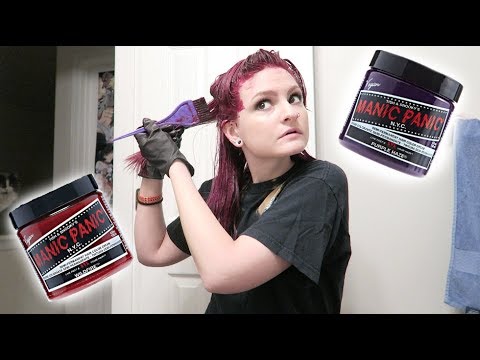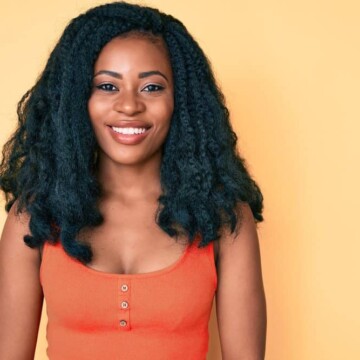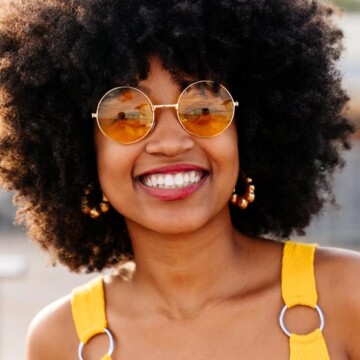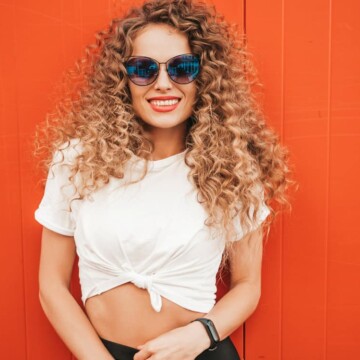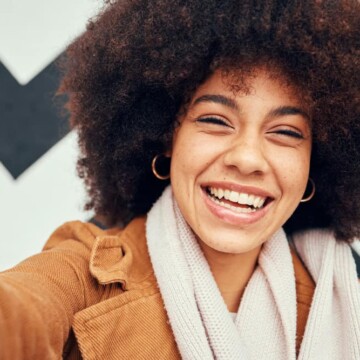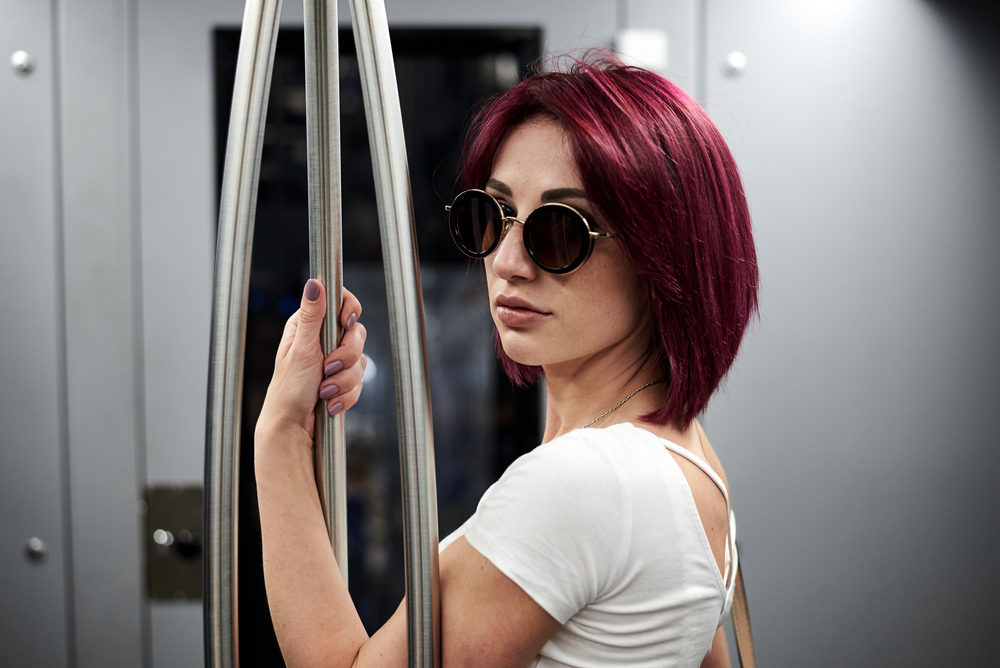
Have you been wondering what it would be like to mix purple and red hair dye? Believe it or not, people all over are wondering about the exact same thing.
If you want to know what the results may look like, how to mix dye the right way, and more, this article will be extremely helpful to you.
Whether you’re looking to achieve a specific reddish or purplish dye shade or you’re just in the mood to experiment with color, we’ll give you the tools you need to mix with confidence!
Table of Contents
What Happens When You Mix Purple and Red Hair Dye?
The color purple is made by mixing red and blue. So, mixing purple and red hair dye or adding more red dye to purple dye (which already contains red pigments) will only alter the intensity and tone of the purple dye. You’ll still end up with a variation of purple: think magenta, light purple, intense purple, etc.
If you’re searching for a specific shade of purple, check to see if there’s already an existing dye in the color you want. If you can’t find the shade you’re looking for and want to mix red and purple hair dye to find your ideal shade, follow these best practices to set yourself up for success.
Key Takeaways
- Mixing Red and Purple Hair Dye. Combining red and purple hair dyes results in various shades of purple, like magenta and deep violet. The specific shades of red dye used influence the final hair color. This is a great way to achieve a vibrant purple or a pastel purple shade, depending on the red tones added.
- Choosing Dye Types for the Perfect Blend. For a new hair color, use the same type of hair dye, either permanent or semi-permanent. Ideally, the hair dye will be from the same brand. This ensures a consistent and vibrant color result, whether aiming for a pastel shade or a more intense hue.
- Color Intensity and Skin Tone Considerations. The choice of base color (like blonde hair, black hair, or dark brown hair) and the proportion of red to purple dye affect the final result. This is crucial for achieving the perfect shade that complements different skin tones.
- Hair Type and Pre-Dye Condition. Assess your hair type (e.g., long hair, short hair, dry hair) and any pre-existing color (like brown hair or previously dyed hair) for better dye uptake. Hair condition and porosity significantly influence color payoff for vibrant red or purple highlights.
- Mixing Technique and Tools. Use a plastic bowl for mixing to avoid chemical reactions that alter the dye color. The correct coloring method can help you perfectly combine red and purple tones. This includes doing a strand test and using the right proportions of dye to hair developer. When followed correctly, you can create a unique, personalized new look.
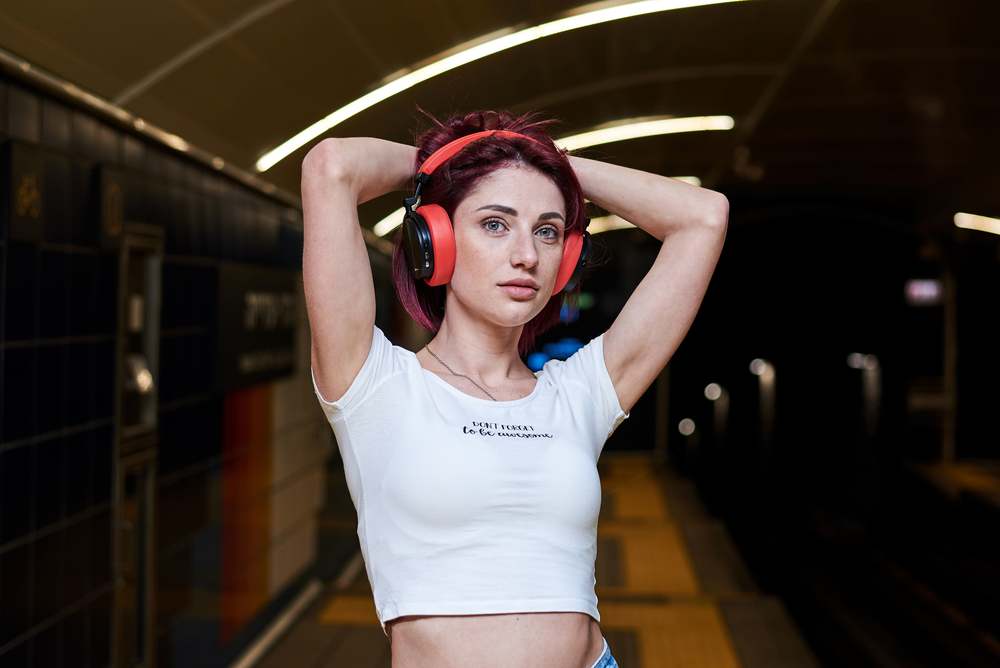
Stick With either Warm or Cool Colors
Avoid mixing warm and cool colored dyes. If you do, you’ll end up canceling them both out. Natural colors are neutral, so they can be mixed with warm or cool shades.
Choose the Right Shade of Red
When you mix red and purple hair dyes, purple will be the dominant color. However, the shade of red you choose will drastically impact the purple you end up with:
- Dark red will create a more intense purple (or shade of violet).
- Medium red creates a less intense purple.
- Light red will result in a soft, light purple.
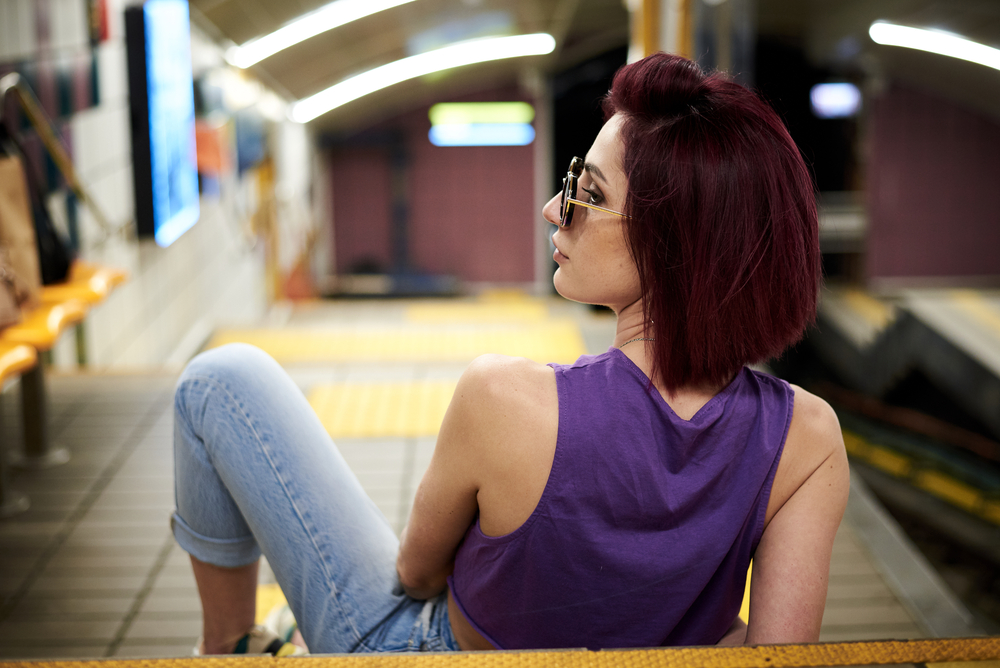
Use the Proper Ratio of Red and Purple Dyes
To ensure that you’re in control during the mixing process, here are some mixing ratio guidelines to keep in mind:
- Use a ½ and ½ ratio for an even mixture of the two colors.
- Use ¼ and ¾ when you want one color to be more dominant than the other.
Make sure you take note of the amount of red you add in case you have to do touch-ups in the future. Mix in the red slowly, so you can get the exact shade you want.
Take Stock of Your Hair Before You Dye
Many outside factors can influence your dye results. Identifying as many as you can and addressing them early will help you achieve your desired results. Here are some examples of things to note before dyeing your hair:
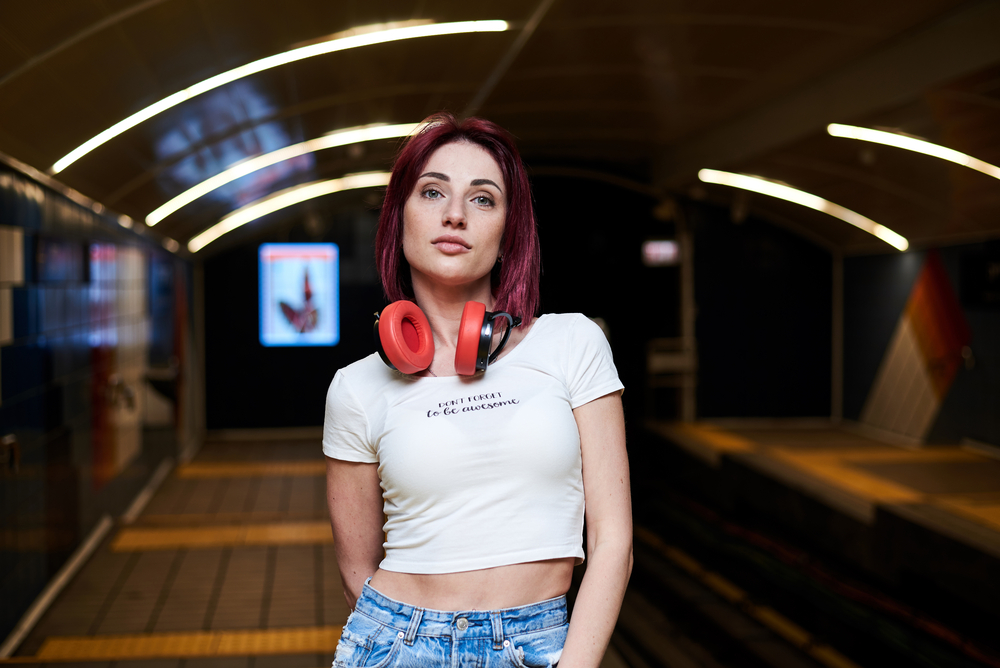
- Whether you’ve dyed your hair before. If you’re starting with pre-dyed hair, color can only be deposited. Your new dye cannot remove the pre-existing dye, so you should choose a darker color than the one you’re starting with for the best results. To avoid extra damage, you should also wait for at least five to seven weeks before recoloring your hair.
- Your natural hair color. If you haven’t dyed your hair before, your natural hair color can influence your results. Taking your natural hair color into consideration is the first step in achieving beautiful results. Color shows up better on lighter hair and dyeing dark hair without lightening it first limits you to darker dye colors.
- Note: Gray hair, in particular, works differently with hair dye. Gray hair has a coarser texture and often lacks sufficient natural oils, making it more resistant to dye.
- How porous your hair is. Low porosity hair doesn’t take dye as well as hair with a higher porosity level. The dye pigments have a harder time penetrating the hair’s tight cuticles. High porosity hair comes with the opposite problem. Because it is so porous, it can absorb too much hair dye. This can lead to a darker, duller color than expected.
- How thick your hair is. Thin hair is the most susceptible to both damage and overprocessing. If your hair is thin, hair dye works more quickly, and the color may be darker than you expected. You may need to use more gentle dyes or leave the product on for less time to compensate. Thick hair can be difficult to color evenly and requires more product. You’ll have to work quickly, and the process can be time-consuming.
How To Mix Dye Correctly
There’s a right and wrong way to mix hair dye. And if you want a successful dyeing session, you’ve got to mix it according to calculated steps. While you should always follow the directions on your specific box of hair dye, the following steps can act as a general guide.
You’ll need:
- A plastic mixing bowl
- A red hair dye
- A purple hair dye
- Gloves
- 10, 20, or 30 Vol Developer (if you’re using a permanent dye)
- Tinting brush
Instructions for Mixing Dye
- Perform a skin allergy test 48 hours before using the hair dye. Make sure you test both dyes. Even if the dyes come from the same brand, ingredients can differ by color.
- Choose 2 colors of dye – one red and one purple.
- Once you’ve chosen your dyes, combine them both in a nonmetal mixing bowl. Never use metal bowls to mix dye because the metals can oxidize your hair dye and change its color. You can use whichever ratio of colors you prefer. Mix the two dyes well until the color is uniform.
- If you’re using a permanent dye, you’ll have to mix in your developer at this stage. Semi-permanent dye, on the other hand, doesn’t require a developer. While the exact ratio will be specified on both boxes of hair dye, you usually want to use a 1:1 or 1:2 ratio of hair dye to developer.
- Using a nonmetal mixing tool, like a plastic fork, mix the developer thoroughly until it’s fully incorporated with the dye.
- Your dye is ready to use! Take note of the amounts of each color and developer you used, so you can recreate the same color in the future.
What Type of Dye Is Best for Mixing Purple and Red?
You can only mix hair dyes that are the same type. A semi-permanent dye can only be combined with another semi-permanent dye, and permanent dyes can only be combined with other permanent dyes.
You also want to stick with the same brand whenever possible. Using dyes from two different brands can cause inconsistent coloring results.
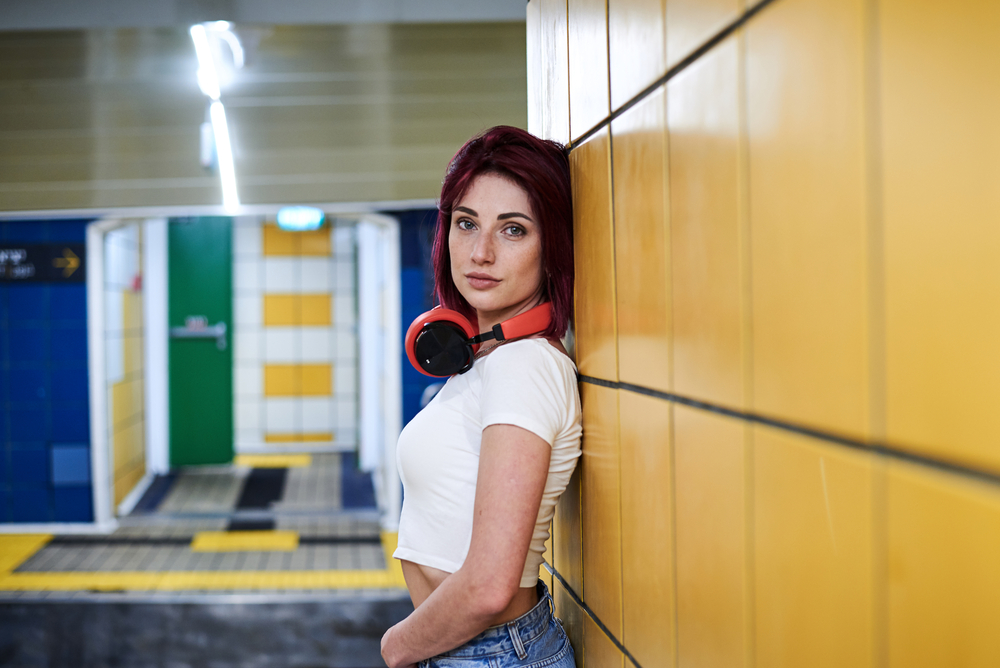
Best Dyes to Use for Dye Mixing
Finding a dye you like can be exhausting with so many options available. Luckily, we’ve chosen and outlined some of the best dyes for mixing below.
Manic Panic: Manic panic comes in a wide variety of electric shades, some of which even glow under black lights! Their dyes condition your hair and have a gentle formula.
The dyes are formulated to be mixable, making it easier to create your perfect color combination. Although, with so many unique shades available, you’re likely to find one you already love.
Arctic Fox: With a wide array of highly pigmented dyes in stunning colors, Arctic Fox is another brand that was created with mixing specifically in mind.
The rich, candy-scented formula conditions while it colors and is extremely gentle on your hair. Hydrolyzed soy protein helps rebuild your strands, resulting in smooth, glossy, beautifully colored hair.
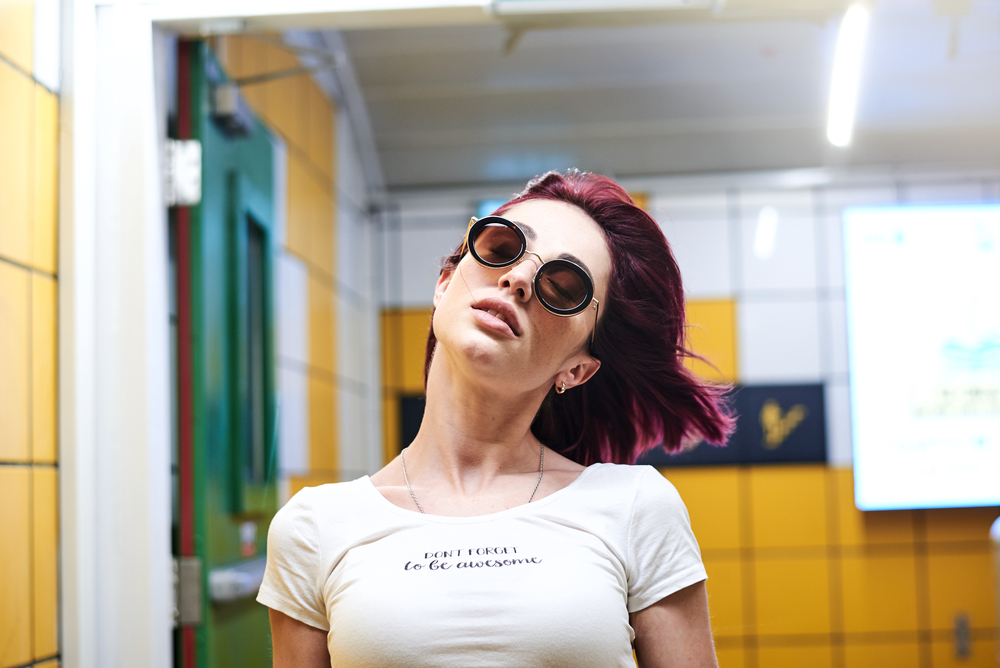
Frequently Asked Questions
Welcome to our FAQ section on mixing purple and red hair dye! We will answer your most common questions about achieving the perfect shade, using different color combinations, and understanding how these vibrant hues interact with hair.
What Happens if You Mix Red Hair Dye With Purple?
When you mix red hair dye with purple dye, the outcome is a variation of purple shades. The specific shade achieved depends on the type and intensity of the purple and red hair colors used. Mixing a bright purple with a vibrant red can create deep, rich purple tones. In comparison, a pastel purple mixed with a lighter red may result in softer, more muted purple hues. This blending aligns with the principles of the color wheel. Red and blue, the primary components of purple, combine to form secondary colors. This new color can have varied undertones and intensities.
What Color Does Red and Purple Make on Hair?
Combining red and purple dye typically creates different shades of purple. The exact hue depends on the red-to-purple dye ratio and the original hair color. For instance, a blue-based purple mixed with a vibrant red might produce a deep, vivid purple. While a lighter red blended with a pastel purple could yield a softer, more subdued shade. This interplay of red and purple colors follows the color wheel's logic. Mixing primary and secondary colors leads to an array of tertiary colors.
Does Purple Cancel out Red Hair Dye?
Purple does not cancel out red hair dye; instead, it alters the shade of red. Purple shampoo, often used to neutralize brassy tones in blonde or white hair, has a different effect on red hair. Purple shampoo can add purple tones or deepen the red. When purple color is applied over red hair dye, it can result in a more purple-toned hue. The final color depends on the purple's intensity and the base red color. This is a reflection of color theory. Secondary colors, like purple, can modify but not completely neutralize a primary color, like red.
Can I Mix Two Hair Colors From the Same Brand?
Yes, you can mix two hair colors from the same brand. This is often recommended for achieving a custom color or the perfect shade. Brands formulate their dyes to work cohesively. Using the same brand ensures consistent results and easier access to a broader spectrum of colors. When mixing, it's important to consider the intended result and how the colors will blend. Keep in mind the principles of color theory. For example, combining a natural color with a vibrant one from the same brand can create a unique, customized shade.
Does Red Go With Purple Hair?
Red goes well with purple hair, creating a dynamic and visually appealing look. This color combination is a popular hair trend. The contrast between the warm undertones of red and the cooler tones of purple can produce a striking effect. The result can range from bold and bright to subtle and sophisticated, depending on the shades used. Contrasting colors on the color wheel, like red and purple, can effectively complement each other.
- How To Make a Bleach Bath for Your Hair
- How To Dilute Permanent Hair Dye
- Putting Ash Blonde Dye on Bleached Hair
- Should I Dye My Hair?
- What Color Cancels Out Red
Mixing red and purple hair dye can result in a unique, stunning shade that you wouldn’t be able to find anywhere else. And if you follow the tips and tricks in this article, you’ll be sure to achieve the exact color you want! We wish you the best of luck as you mix away!

